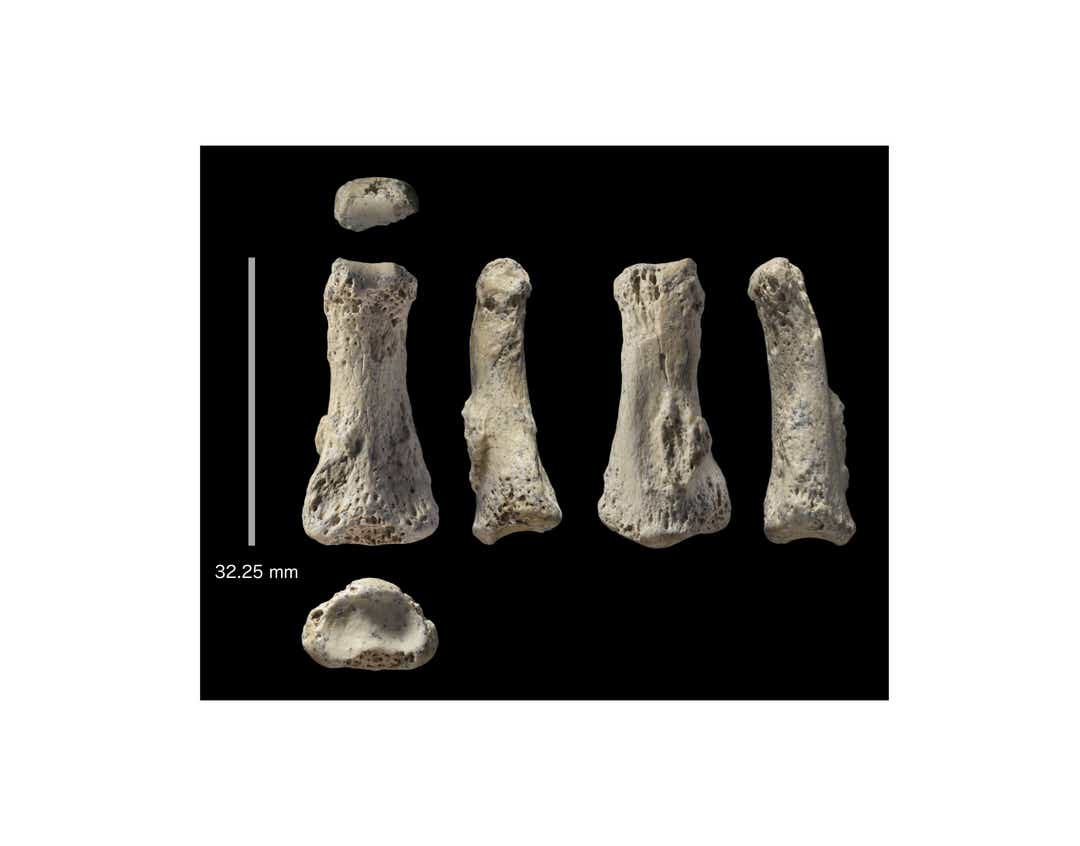True this. Its massive but unexplored. Going to Rab Ul Khali next month over the weekend to see the newly created lakes. I personally seek wilderness which is abundant in Saudi. I am off the casino and pool party age but with tourism promotion, comes social freedom. Now is the time for youth to have it. Cherio.
Sorry for the late reply. I was away for a few days and I did not receive this notification (as I often do not do for some strange reason).
I totally agree with you. What I prefer about tourism (personally) is the adventure tourism combined with visits of historical sites. Of course I like beach holidays as well but this is mostly something that people from cold countries prefer as they live inc countries where there is only decent weather 2-3 months (at most) during the year. In KSA you have beach weather in most of the country all year round.

Also KSA has some of the most beautiful coastlines in the world so other than beautiful cliffs and mountainous coastlines in the Mediterranean, not too much will impress me being familiar with the coastlines of KSA and Arabia as a whole.
Anyway what KSA could offer for tourism is also something unique. Something much different than most other travel destinations. That is something that millions of people would be curious about alone. Also due to the somewhat negative reputation of KSA in recent decades (as a Pakistani you know what I am referring to here), tourists would only leave with a positive experience (if tourism infrastructure and the last few moronic laws were to be removed) as they probably did not expect much. I mean those who have little knowledge.
BTW please take some photos and share them here. If you are lucky you might encounter such scenes in the utter wilderness that is the Rub' al-Khali.
Lakes in the desert? New Nasa images show impact of huge tropical storm on the Empty Quarter
The phenomenon, which last happened 20 years ago, took place after tropical cyclone Mekunu tore through the region in May
Gillian Duncan
June 17, 2018
Updated: June 17, 2018 06:02 PM
New images from Nasa show temporary lakes formed on the landscape of the Empty Quarter after it was hit by Tropical Cyclone Mekunu in May. Courtesy Nasa
Newly released images captured from space show the effect of tropical cyclone Mekunu on the Empty Quarter, after the storm dumped several years’ worth of rain on the desert and created temporary lakes between the sand dunes.
Tropical cyclone Mekunu tore through the region in May, dumping three times Oman’s annual rainfall – 278 millimetres – on the vast area in just 24 hours.
Now footage released by space agency Nasa has revealed the effects of the storm on what is usually one of the driest places on the planet.
“Mekunu dissipated as it tracked north-west over land, but still delivered plenty of water to the desert,” stated Nasa’s website.
“Notice where water collected in the lowlands between sand dunes. For comparison, the second image was acquired on May 13 and represents the typically dry appearance of the interdune sand flats.”
The Empty Quarter, also known as the Rub Al Khali, is the largest contiguous sand desert in the world and spans the southern third of the Arabian Peninsula, including the UAE.
The images were taken of the eastern part of the desert in Saudi Arabia, near the border with Oman.
It has been 20 years since rainwater last filled the flats, according to Nasa’s Earth Observatory website. It usually receives just three centimetres of rain each year.
The Landsat programme – the longest continuous space-based record of Earth's land – has also recently released pictures of Dubai that shows the breathtaking pace of the city’s development.
Part of a series released by the US space agency, the images show how quickly cities around the world have grown over the past 30 years.
Using images from its Landsat programme, the first picture shows Dubai in 1984, when it was home to 350,000 people and little more than a strip along the Arabian Gulf.
The second image, from last year, when the population had expanded to more than three million, shows the city creeping deep into the desert.
Many of its most recognisable landmarks are also visible on the coast, including Palm Jumerah, the World – and even upcoming developments such as Deira Islands.
https://www.thenational.ae/uae/lake...-tropical-storm-on-the-empty-quarter-1.740960
3 amazing Youtube videos showing the beauty of Rub' al-Khali
Empty Quarter - George Steinmetz
الربع الخالي فلم مثيروحقايق غريبه مختصر استكشاف جامعة القصيم
علامة الساعة التى اخبرنا بها النبي (ﷺ) ـ ظهور نهر في الجزيرة العربية: عود أرض العرب مروجا وأنهار
Earth from Space: Rub’ al Khali Desert
Rub Al-Khali Collection (Empty Quater)
http://www.pbase.com/digitalazia/rubkhali_l
RIVERS IN Rub Al Khali “The Empty Quarter”
https://ayaat.wordpress.com/2008/05/10/rivers-in-rub-al-khali-the-empty-quarter/
Informative article about the Rub' al Khali
http://www.sidetracked.com/edition-08/oman.php
Difference (before and after satellite photo);


The situation not many millennia ago (one of the largest lakes and some of the longest rivers were located in Arabia) which explains why some of the oldest discovered civilizations and historical sites (advanced) have been found in Arabia and the nearby borderlands (back then non-existent as there are no geographic barriers) between Mesopotamia, Levant, Egypt (Sinai) etc.
One now understands why leading archaeologists believe that the Rub' al-Khali is hiding some of humanities most interesting stories from the ancient world.
Already the oldest traits of humans migrating into Arabia from Africa and from then on the remaining world have been found and studied in recent years and that with less territory studied than 0,01%.
Oldest human fossil from Saudi Arabia changes timeline for migration out of Africa
Doyle Rice USA TODAY
Published 6:53 p.m. UTC Apr 9, 2018
Ian Cartwright
The oldest
homo sapiens fossil ever discovered in Saudi Arabia means the first human migration out of Africa was much more geographically widespread than originally thought, a new study suggests.
The fossil, an adult human's finger bone, dates back to 90,000 years ago, when the region's barren desert was green grassland.
Study lead author Huw Groucutt of the University of Oxford said the discovery for the first time conclusively shows that early humans lived in an expansive region in southwest Asia and weren't just restricted to the Levant, an area that includes modern-day Israel, Lebanon, Syria and Jordan.
"The ability of these early people to widely colonize this region casts doubt on long-held views that early dispersals out of Africa were localized and unsuccessful,” Groucutt said.
The earliest
homo sapiens fossils date to around 315,000 years ago from Africa. Previously discovered human fossils show an earlier human presence in Israel and possibly China.
More: Scientists discover oldest human fossil outside of Africa
The finger bone was discovered in 2016 at the site of Al Wusta, an ancient freshwater lake located in what is now the extremely arid Nefud Desert, about 340 miles southeast of the Sinai Peninsula.
Archaeologists previously thought humanity's movement out of Africa was in a single, rapid wave some 60,000 years ago, study co-author Michael Petraglia, an archaeologist from Germany's Max Planck Institute, said at a news briefing.
The finding instead suggests modern humans moved out of Africa multiple times during many windows of opportunity during the last 100,000 years or so, he said.
"This discovery of a fossil finger bone for me is like a dream come true because it supports arguments that our teams have been making for more than 10 years,” Petraglia said.
Michael Petraglia
The authors conclude from this early incursion into what was then a green Arabia that human movement out of Africa may have been helped by natural climate change in the form of increased precipitation.
As summer rainfall began to fall more frequently in Arabia, it allowed migrating humans to occupy not only the woodlands of the Levant — which were sustained by winter rainfall — but also such semi-arid grasslands in the Arabian interior as Al Wusta.
At that time, the region was "a fertile, lowland zone attractive to colonization by plants, animals and humans," noted Donald Henry, an anthropologist at the University of Tulsa, in an article that accompanied the study.
The authors suggest that adapting to this new environment would have been an early step on
homo sapiens‘ path to global success.
The results were published Monday in
Nature Ecology and Evolution, a peer-reviewed British journal.
Contributing: The Associated Press
https://eu.usatoday.com/story/news/...-saudi-arabia-discovered-migration/499222002/
Fascinating stuff to say the least.




 The answer is obviously no. Just look at a country like KSA that has cordial ties with every single Arab country outside of the Syria (Al-Assad regime) and Qatar currently and to a smaller degree.
The answer is obviously no. Just look at a country like KSA that has cordial ties with every single Arab country outside of the Syria (Al-Assad regime) and Qatar currently and to a smaller degree.
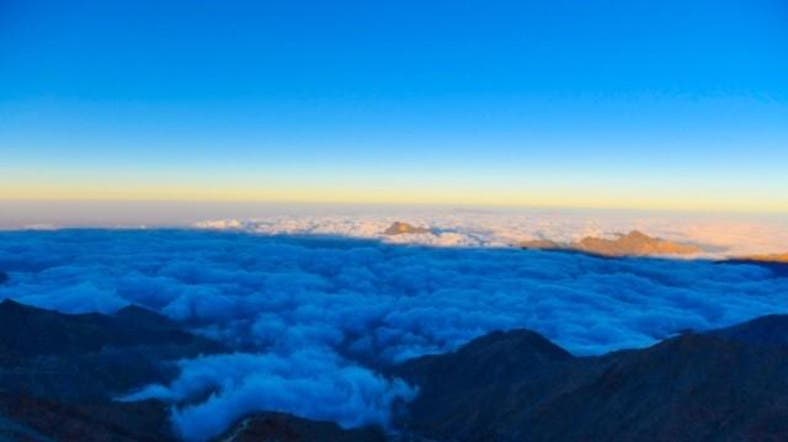





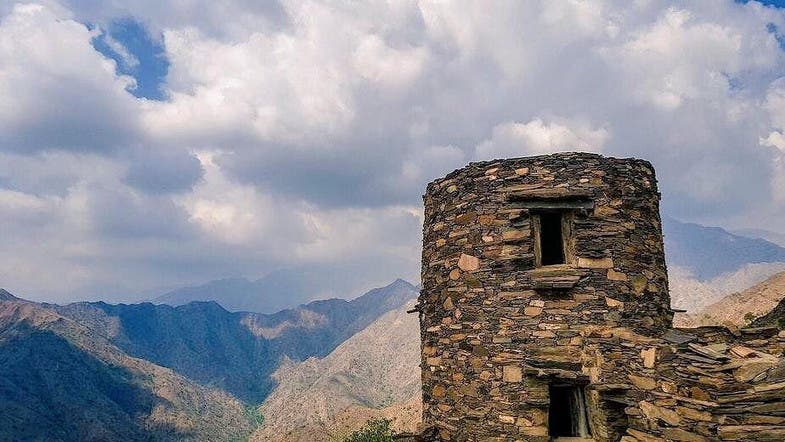
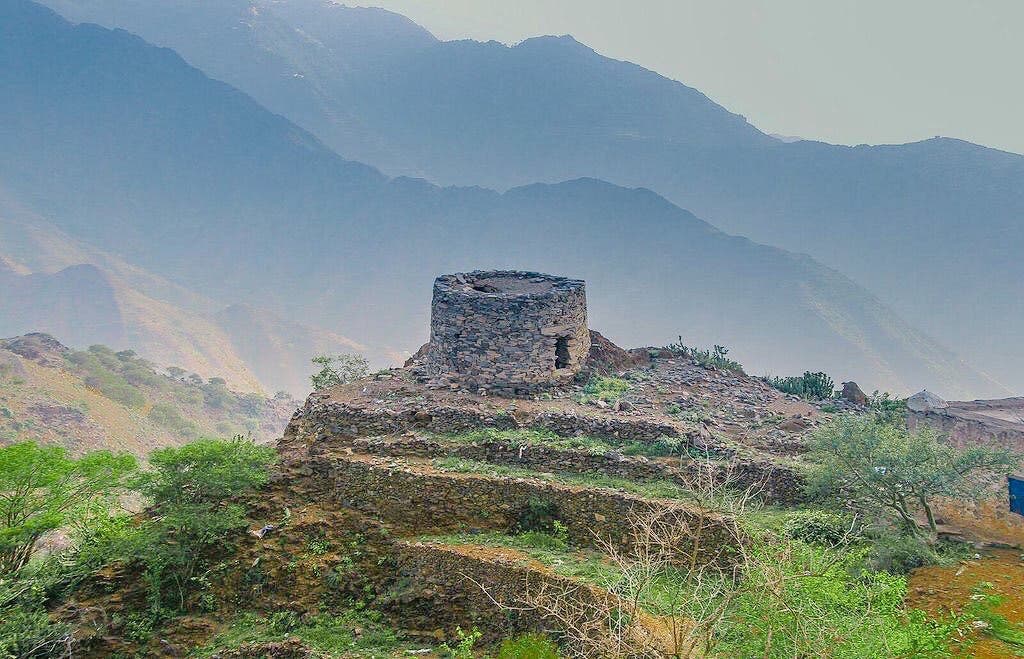





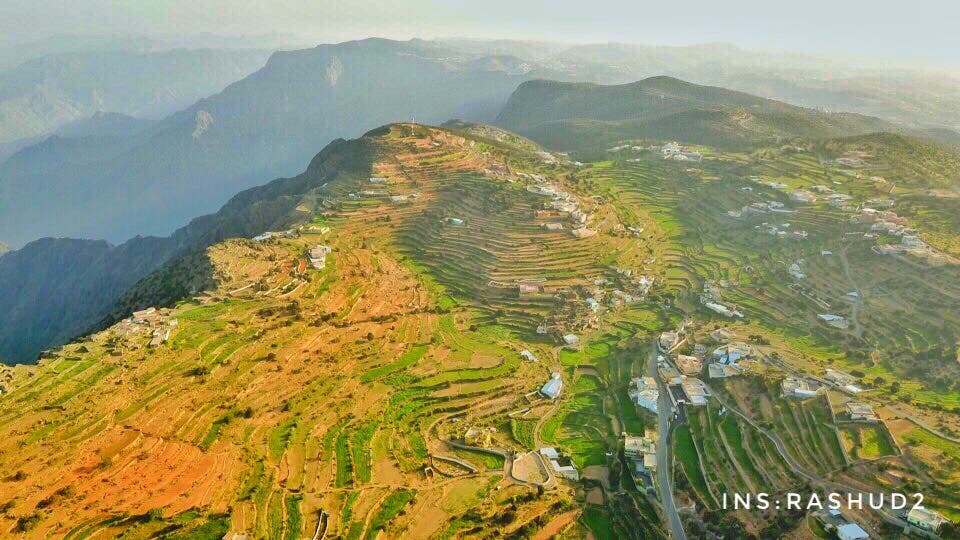

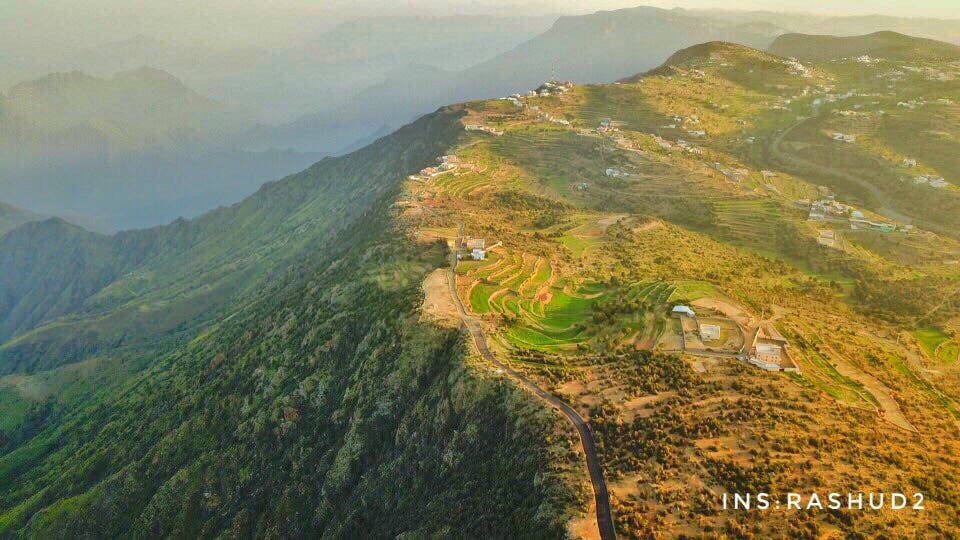




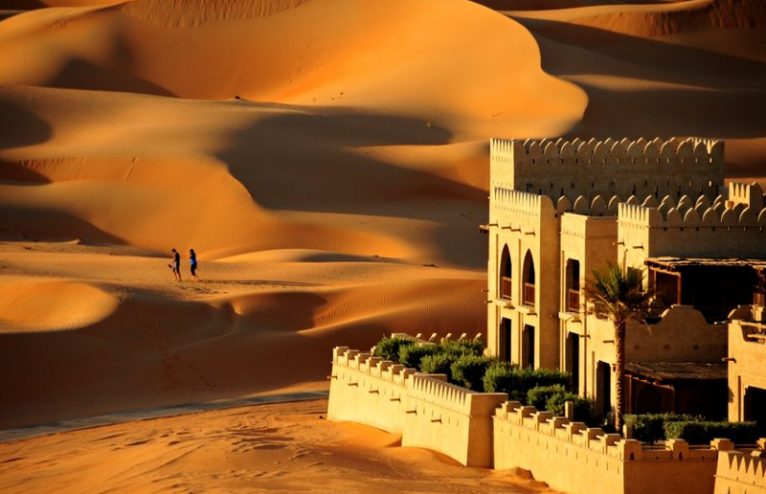





 Also KSA has some of the most beautiful coastlines in the world so other than beautiful cliffs and mountainous coastlines in the Mediterranean, not too much will impress me being familiar with the coastlines of KSA and Arabia as a whole.
Also KSA has some of the most beautiful coastlines in the world so other than beautiful cliffs and mountainous coastlines in the Mediterranean, not too much will impress me being familiar with the coastlines of KSA and Arabia as a whole.

